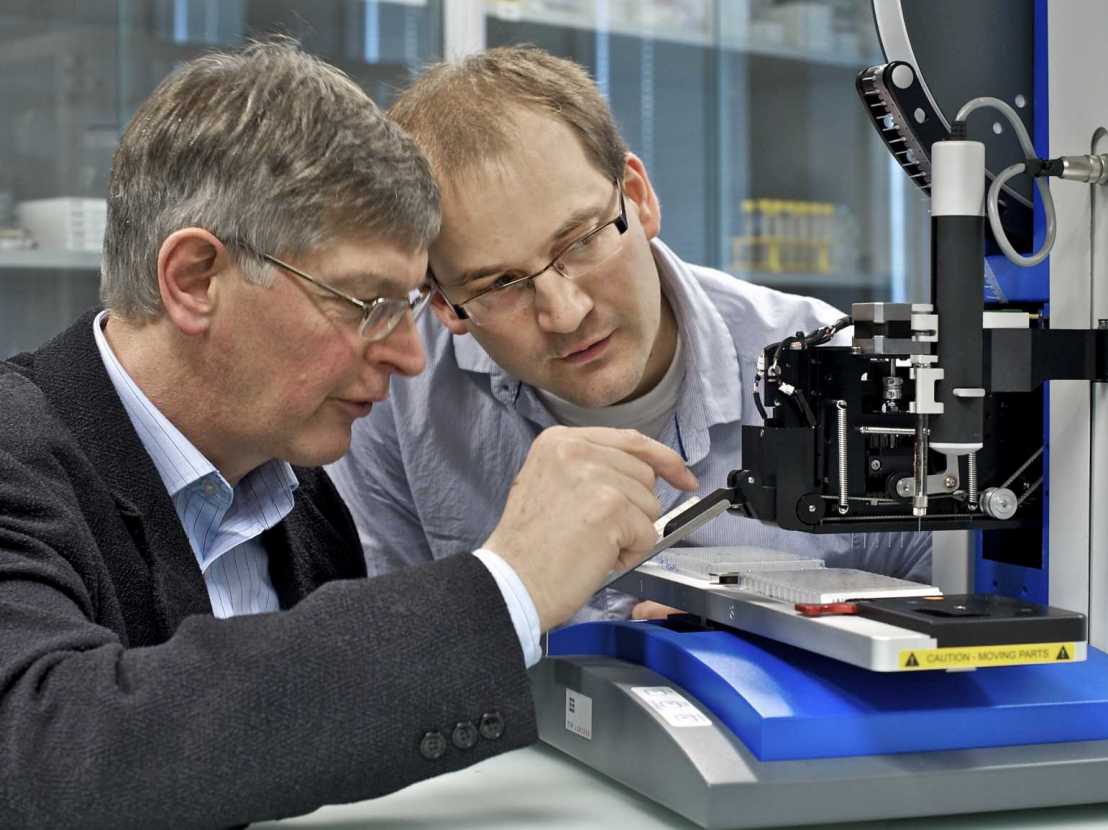Scientists pin down the workings of a biological proton pump
Bacteriorhodopsin is a protein that absorbs light and transports protons across cell membranes—a key function of biological systems. But scientists have long puzzled over how it does this, and how it can push protons in a single direction, from the inside to the outside of the cell.

Using powerful new X-ray tools, an international consortium including scientists from the Paul Scherrer Institut (PSI) and ETH Zürich have demonstrated how bacteriorhodopsin, a biological "proton pump", uses light to transport protons across the cell membrane. The energy stored as a proton concentration gradient is then used to power the cell's activities, in the same way that chemically powered proton pumps in your body power all your own activities.
To find out, scientists turned to SACLA, a powerful free electron laser in Japan that is so strong that it vaporizes the sample instantly, but because the x-ray laser pulses are so short the X-ray diffraction occurs before the sample is destroyed. This trick is known as "diffraction before destruction." The team used this X-ray laser to take thousands of images of bacteriorhodopsin at various time points after it was activated by light. Putting this all together, they were able to piece together the story of how the membrane protein is able to move protons against a proton concentration gradient, creating a charge like a battery that can be used to power chemical reactions.
ETH professor Gebhard Schertler who participated from Switzerland together with Jörg Standfuss, group leader at the PSI, says "These data were able to reveal many key chemical details of how protons move within the protein and bring closure to a long-standing debate regarding the mechanism. The recently inaugurated SwissFEL at PSI will alleviate the current shortage in beamtime at Free Electron Lasers and will make measurements like that in the future also possible in Switzerland.”
The work was performed by scientists in Japan, Sweden, Switzerland and France.
